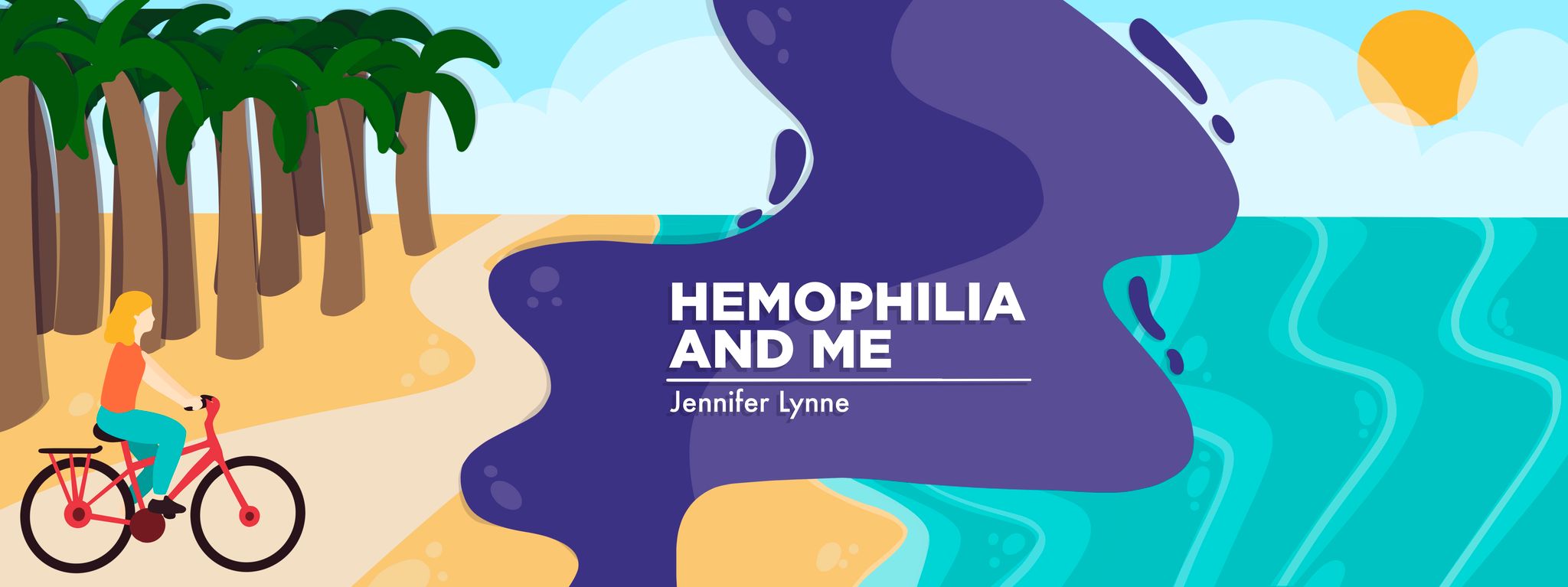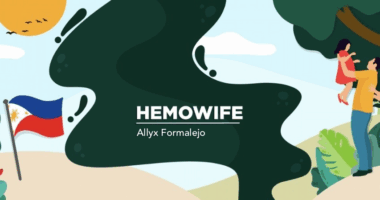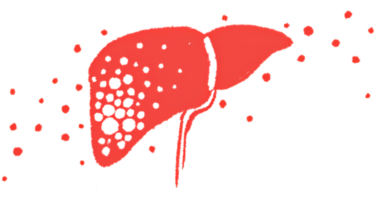Talking With Kayla Mack About the Troubles of Von Willebrand Disease
A pair of Floridians discuss the problems of the most common bleeding disorder

Last year, I met Kayla Mack through a Facebook group for people with von Willebrand disease (VWD). Kayla has type 3, a severe form of the condition.
She reached out to the group for help after a terrifying visit to the emergency room. She wrote, “I’m getting very afraid that the day will come I have a neck or brain bleed and will die before they [the ER] get in motion to save me. I definitely am willing to take steps for myself but do not know what those steps should be. I do not even know where to start.”
VWD is a bleeding disorder similar to hemophilia. According to the U.S. Centers for Disease Control and Prevention,
“VWD is the most common bleeding disorder, found in up to 1% of the U.S. population. This means that 3.2 million (or about 1 in every 100) people in the United States have the disease. Although VWD occurs among men and women equally, women are more likely to notice the symptoms because of heavy or abnormal bleeding during their menstrual periods and after childbirth. …
“[Type 3] is the most severe form of VWD, in which a person has very little or no VWF [von Willebrand factor] and low levels of factor VIII. This is the rarest type of VWD. Only 3% of people with VWD have Type 3.“
I peeked at Kayla’s Facebook profile. Unlike my nerdy self, I found a woman who exudes coolness and style. Fashion sense aside, we have much in common. We’re both in our 50s, live in southwest Florida, and have VWD.
Kayla was having much difficulty finding proper care locally. I too tried using local providers and emergency rooms with little success. But I was able to help Kayla establish care at a hemophilia treatment center in Tampa, where the providers are experts in bleeding disorders such as hemophilia and VWD.
I recently interviewed Kayla by email. Excerpts of our conversation follow, with light editing for clarity.
JL: How did you learn that you had VWD?
KM: I have no memory of my life before my diagnosis. My parents noticed when I was learning to walk that something was wrong. I would bruise when I fell, and if I hit my mouth or nose, I would bleed for hours. I was officially diagnosed around 2 years old.
How did VWD affect your childhood?
I spent a lot of my childhood on crutches. My right ankle was a target joint so early in my life that I can’t remember “before” it. I remember being on crutches for months of first grade and had surgery on that ankle when I was 8. It’s always been my “bad ankle,” but my left ankle has nearly caught up.
Your teenage years and into adulthood?
As a teenager — ugh. These were really difficult years for me. My menstrual periods were so bad I would leave a trail of blood from bed to bathroom. I could barely go the 50 minutes of class between bathroom breaks. I was chronically terrified of bleeding onto my clothes and people noticing it.
When I was about 16, I began bleeding after ovulation. Month after month, I would be in the ER in terrible pain, and I was pregnancy tested, appendix checked, eye rolled, and prescribed Tylenol #3 [with codeine] and sent home.
Nobody realized that my ovary was bleeding after releasing an egg. Nobody put me on medication. Nobody asked how bad my bleeding was. I tried to tell my mother, but she said all women went through this, and that was the end of it. So, so much suffering could have been prevented with proper care.
Does VWD impact your day-to-day life now as an adult?
My VWD has complicated every single thing that has gone wrong in my body. Surgeries stretch out for weeks. My patience has been constantly tested. I do everything in my power to stop a bleed on my own. The ER is absolutely my last line of defense.
Suddenly this year, at 53 years of age, I have noticed my bleeds worsening as my body ages, and this alone has pushed me into a new chapter of living with VWD. I think because I’ve always had VWD, I probably don’t notice how it affects me day to day because this has always been my life.
This month, I received nine doses of Humate-P AT MY HOUSE and am learning how to self-infuse. This is an entirely new chapter in my life for me. To have control and decision-making power over a bleed is life-changing.
Kayla’s experiences reinforce the need for self-advocacy and the importance of working with a hemophilia treatment center. Thank you to Kayla for sharing her experiences!
Note: Hemophilia News Today is strictly a news and information website about the disease. It does not provide medical advice, diagnosis, or treatment. This content is not intended to be a substitute for professional medical advice, diagnosis, or treatment. Always seek the advice of your physician or another qualified health provider with any questions you may have regarding a medical condition. Never disregard professional medical advice or delay in seeking it because of something you have read on this website. The opinions expressed in this column are not those of Hemophilia News Today or its parent company, Bionews, and are intended to spark discussion about issues pertaining to hemophilia.








Leave a comment
Fill in the required fields to post. Your email address will not be published.